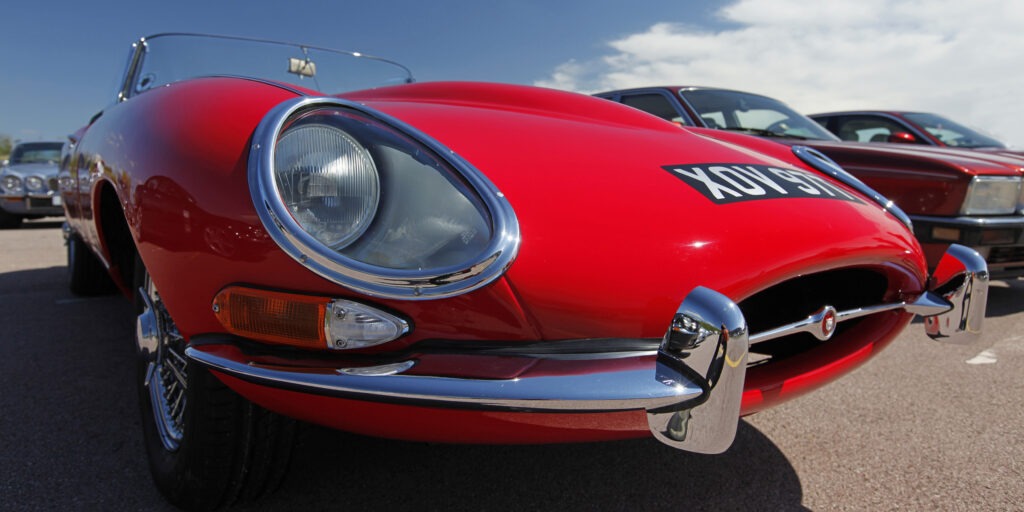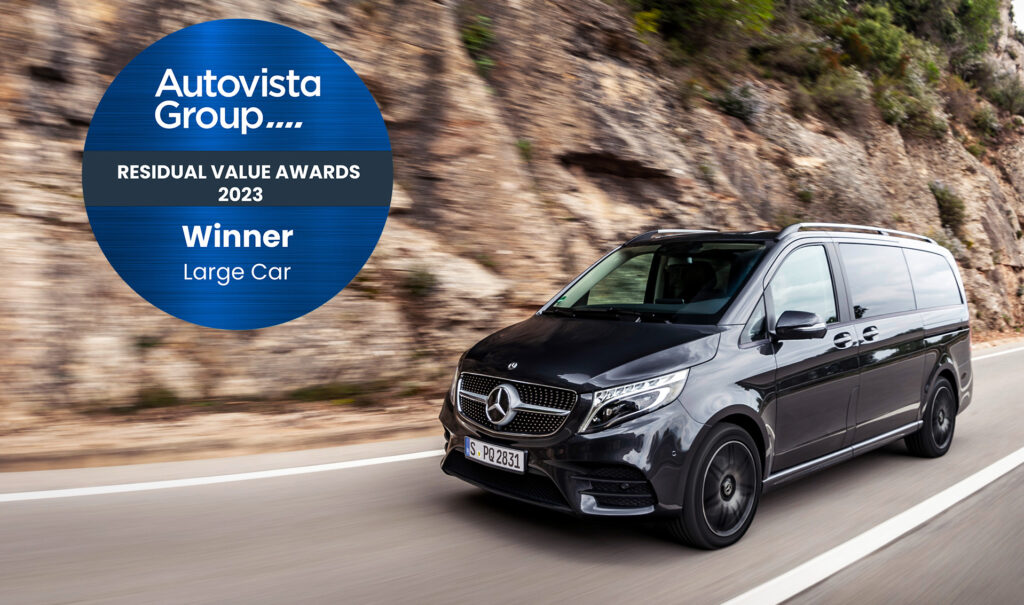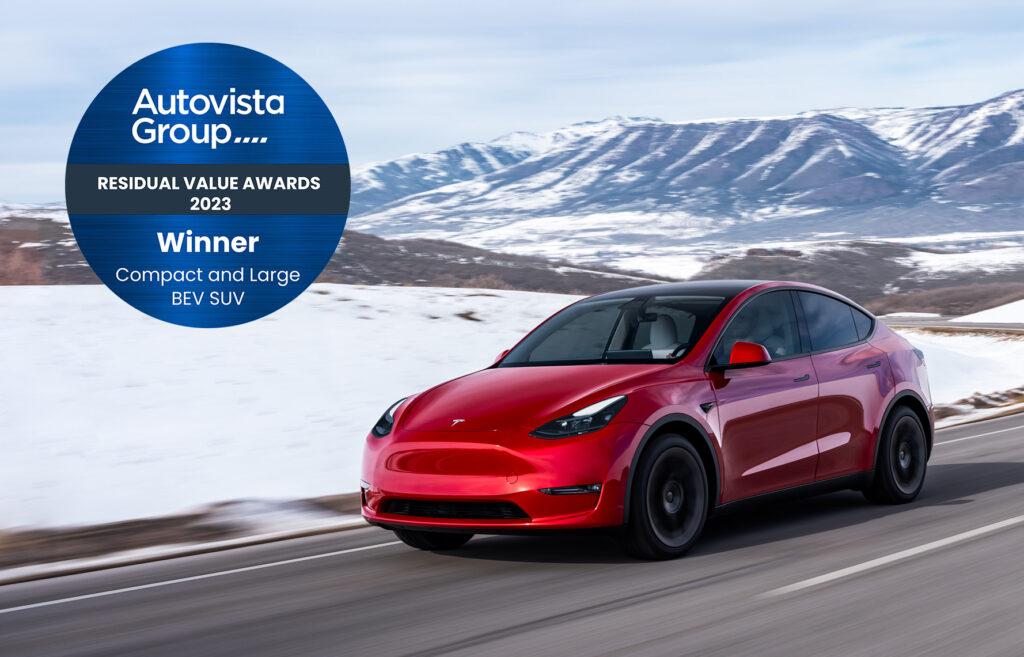Investigating the value of classic cars in the UK
25 July 2023

Owning a classic car is much more than a hobby, as these pieces of the past can now provide serious investment opportunities. Autovista24 web editor, James Roberts, investigates classic car valuations.
Over the last decade, the business of buying, selling and owning a classic or historic car has changed significantly. Classic car ownership is no longer a relatively niche opportunity, solely driven by nostalgia for those with the wealth to afford it. Among many things, it has become an investment opportunity.
Classic cars are often appreciated for their historical significance, cultural impact, rarity, and collectability. But increasingly, it is their valuation which draws attention. It is not uncommon for headlines to herald enormous profits from private sales at auction houses, a trend which is making the classic car landscape even more intriguing.
The sale of a 1987 Ford Sierra Cosworth RS500 for £596,250 (€692,564) at an auction in February 2023, demonstrates the potential for significant returns on certain classic car investments. While this particular sale is an extreme example, it highlights the allure of rare and highly sought-after models, as well as the enthusiasm and financial capacity of some collectors.
Defining a classic
The definition of a classic car keeps evolving as different models gain recognition and popularity. The last decade has seen notable changes as the sector has grown.
A 2021 survey conducted by the Federation of British Historic Vehicle Clubs (FBHVC) found there were 1,538,927 ‘historic’ vehicles registered on the UK’s roads compared with 1,039,950 in 2015. Additionally, total spending in the historic vehicle sector equated to £7.2 billion in 2021, up from £5.5 billion in 2016.
Classic car values are highly variable, depending on the marque, model and age of the vehicle in question. Some cars are relatively slow to appreciate, often enduring a period of depreciation or stagnation before maturing in value. Meanwhile, other vehicles can experience very substantial value growth, with those in Concours condition being the most valuable.
‘A Lotus Cortina from the 1960s, for example, has sustained a following across a wide age demographic,’ Michael Hodges, head of press and advertising at Historics Auctioneers told autovista24. ‘The same applies to the 1960s Jaguar E-Type, which has been a mainstay of the premium classic car collector category for a long time and shows no sign of depleting. This is because of the value of such models, around £100,000 is commonplace, and they tend to fit into the serious collector category.’
The FBHVC defines cars over 30 years old as ‘historic’. However, perceptions of what constitutes a classic car are changing. Vehicles that are over 15 years old are considered ‘youngtimers’ and fall within the classic vehicle remit for insurers and auction houses.
‘The rise in classic cars coming to market that are between 15 and 30 years old has drawn in a younger customer base,’ added Hodges. ‘Typically, buyers and owners in this group will tend to appreciate classic cars that are technologically far improved over cars from the 1960s and 1970s, for example, and are more user friendly in terms of comfort and specification. They will also tend to be more reliable, but conversely will typically be more costly to upkeep and repair than everyday classics of the previous eras.’
Changes in buyer demographics
The increasingly mixed picture of what constitutes a classic car has been mirrored by a changing landscape of buyers and owners. Alongside this, what motivates a consumer to buy a classic car is very important.
‘In recent years, there has been a shift in the buyer profile, with a younger generation showing interest in classic cars,’ stated Hodges. ‘While traditionally classic car enthusiasts were often older individuals, there is now a growing number of younger collectors and enthusiasts entering the market. This shift in demographics has influenced the types of classic cars that are in demand and has brought new perspectives and tastes to the market.’
Launched in 2012, the Hagerty Price Guide tracks the value of various vehicles from multi-million vintage supercars to everyday commuter cars of yesteryear. Now amounting to around 15,000 data sets, the latest valuations are applied each quarter, with new vehicles continually added.
Hagerty has formed seven bespoke indices charting the performance of different subsets. This includes the diverse Classic Index, the Best of British Index, the Hot Hatch Index, the Italian Marque Index, the Porsche Index, the Gold Index, and the Festival of the Unexceptional Index.
The range of different vehicles and ages underlines the wide spectrum of classic car sales. The presence of cars from Ferrari, Rolls-Royce and Porsche will come as no surprise in certain indices. However, the Festival of the Unexceptional Index focuses on ‘underwhelming’ cars registered between 1967 and 1997, and perfectly encapsulates how the perception of classic cars has changed.
‘There has definitely been a blurring of lines in between classic and collectable,’ John Mayhead, editor of Hagerty Price Guide UK, told Autovista24. ‘One of the things we see is the demographic change.
‘As a classic car insurer, we are really lucky because we do not just see the value, we see how old the person is and we also see what they buy and sell. We can track cars and we can see what owners are buying next. The changing demographics have been fascinating. In the last 12 months, we have seen Generation X, those born between 1965 and 1980, overtake baby boomers as owners of classic cars.’
Investment opportunities
Some consumers purchase a classic car as a financial investment, hoping for an appreciation in value over time. Others buy them for the joy of driving, and to experience vintage automotive engineering and design.
Classic cars are often seen as a way of standing out and making a unique statement, as the models are distinctly different from modern vehicles in terms of their aesthetics and character. Key factors influencing desirability include demand, rarity, design, and even pop culture factors such as appearances in movies and television series.
Using Hagerty data between 2010 and 2020, Vanarama revealed the average value increase across a select number of ‘affordable’ classic cars was 97%. For example, the 1961 Volvo P1800, increased in value by £21,569 between 2010 and 2020. The 1983 Land Rover Defender saw a 113% increase in value, adding £15,464 to the original price. Meanwhile, the 1972 Volkswagen Beetle was found to have risen in value by £10,285, amounting to a 157% increase.
‘Although classic car buying and the community at large is relatively unaffected by the economic conditions, we have seen a small hardening in prices at recent auctions,’ underlined Hodges. ‘It is more of a buyers’ market right now, which is not surprising nor unexpected by market commentators. It is worth bearing in mind that the market was pretty much unaffected by issues such as Brexit and the COVID-19 pandemic, and it is anticipated that when economic conditions improve, we will see a strengthening of generic sale prices again.’



